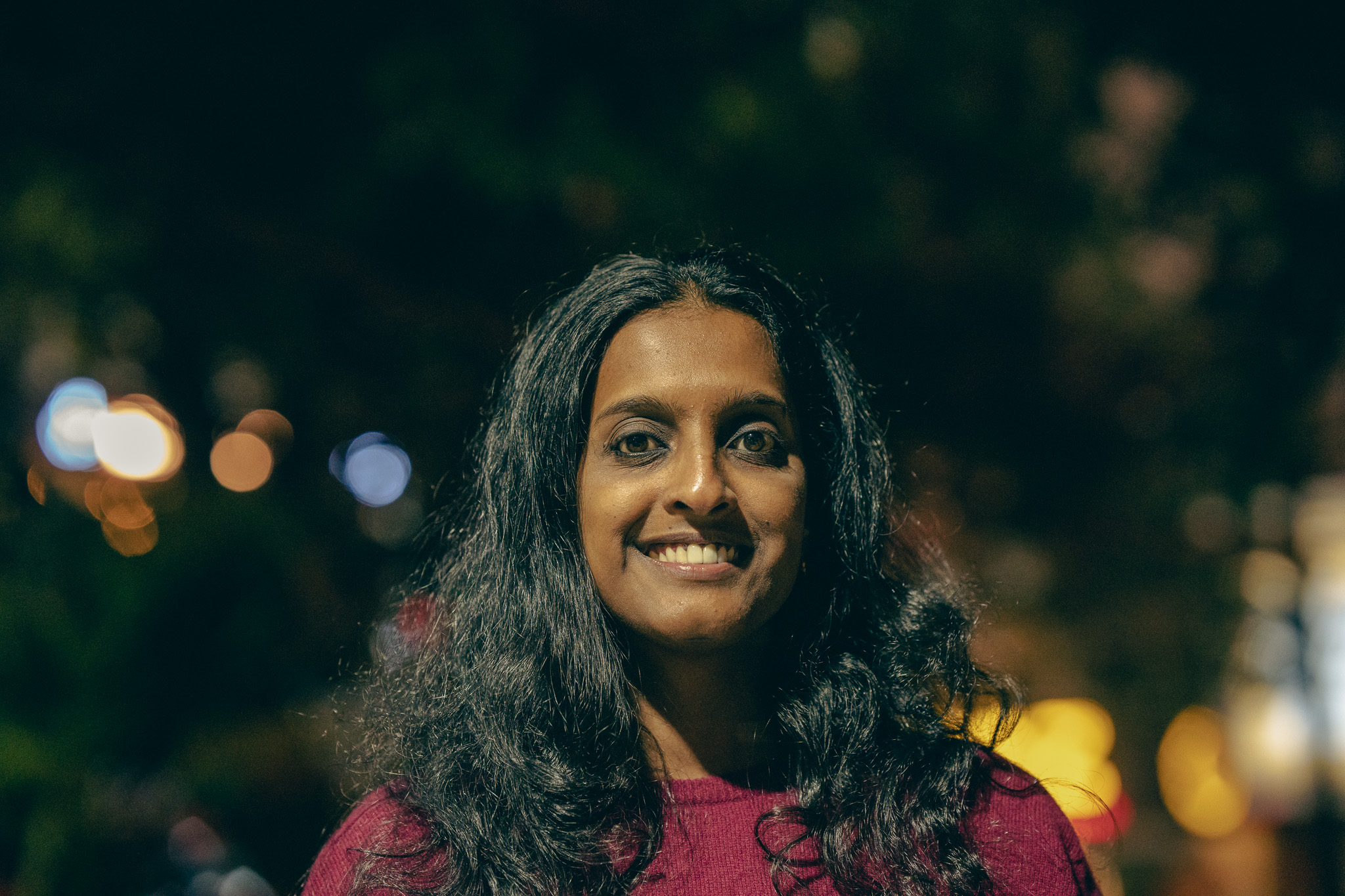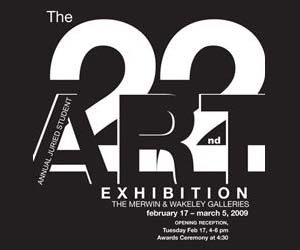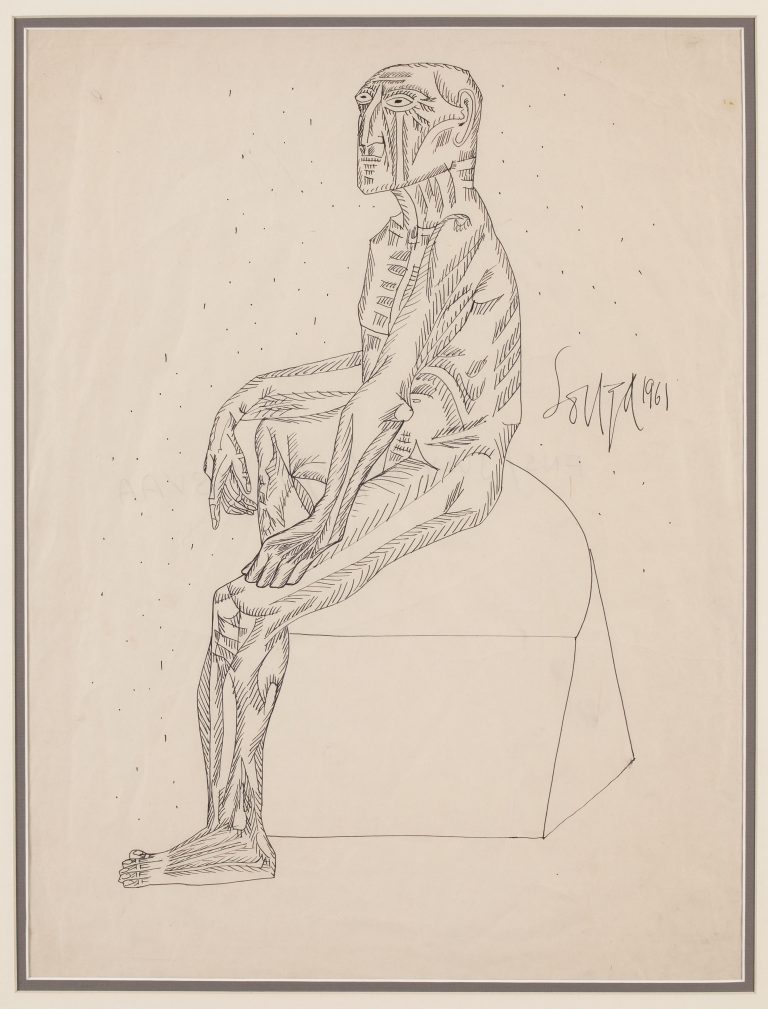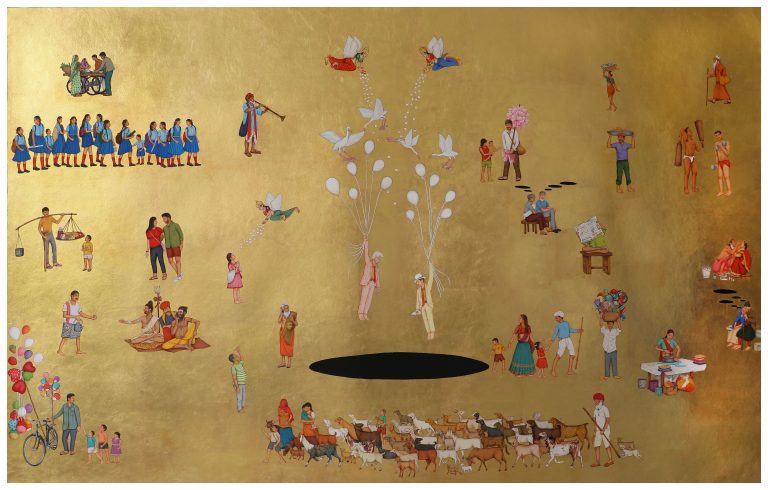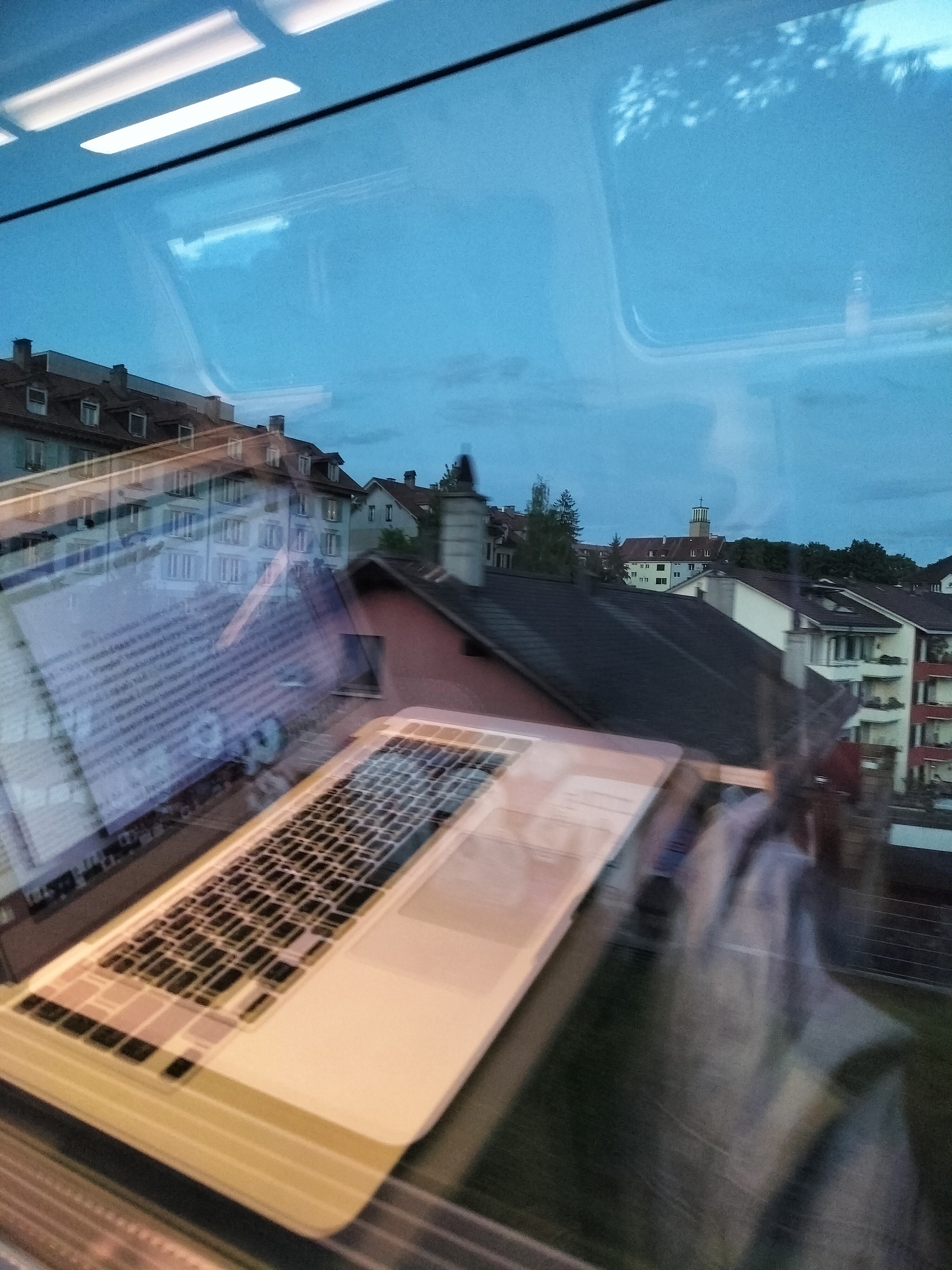
My residency has ended, but I still have updates to share as I work on the final text. These two months have offered me the time, space and resources to unpack a set of research questions. They’ve also offered me valuable insights on how I write. This blog serves two distinct purposes: it is an account of how I have written, and also a reminder to myself as I ease back into this final stretch of writing.
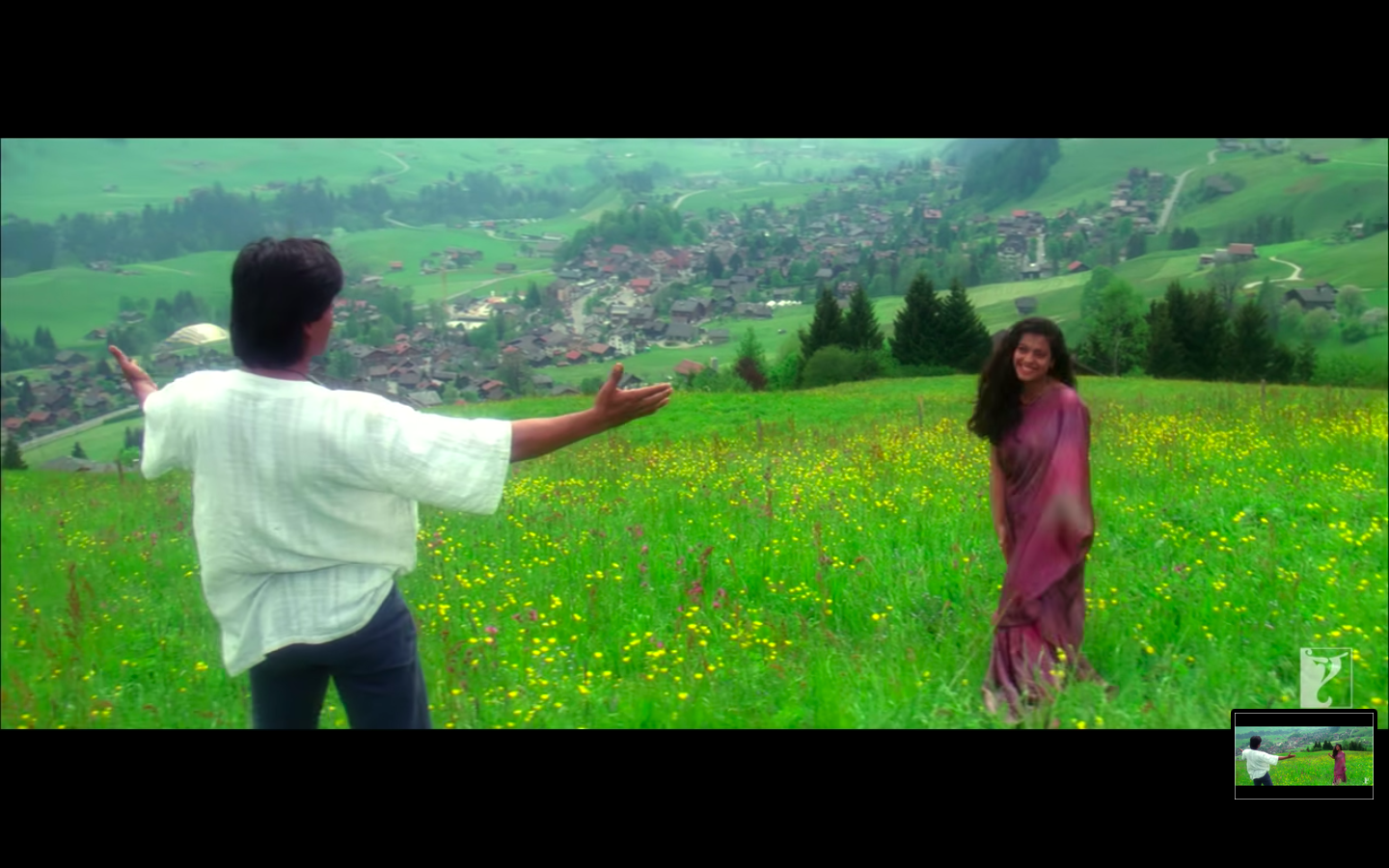
How do you start writing? For many weeks during the residency, it felt as if everything I was doing was on the cusp of coming together and revealing itself to me. And in the week before the lecture performance I had planned as an open day presentation at Villa Sträuli, this feeling was a driving force, and simultaneously, a source of great frustration. The relationship between language and the body was crucial to my project, but there was a missing piece in how I connected one to the other. Without that piece, what I said sounded maddeningly obvious and obscure at the same time. That piece was belonging, which I arrived at as I watched fans retrace the performances of their favourite Indian actors across Alpine landscapes in Switzerland, going to the tiny villages in specific Bollywood films to tell us: Kajol stood here.
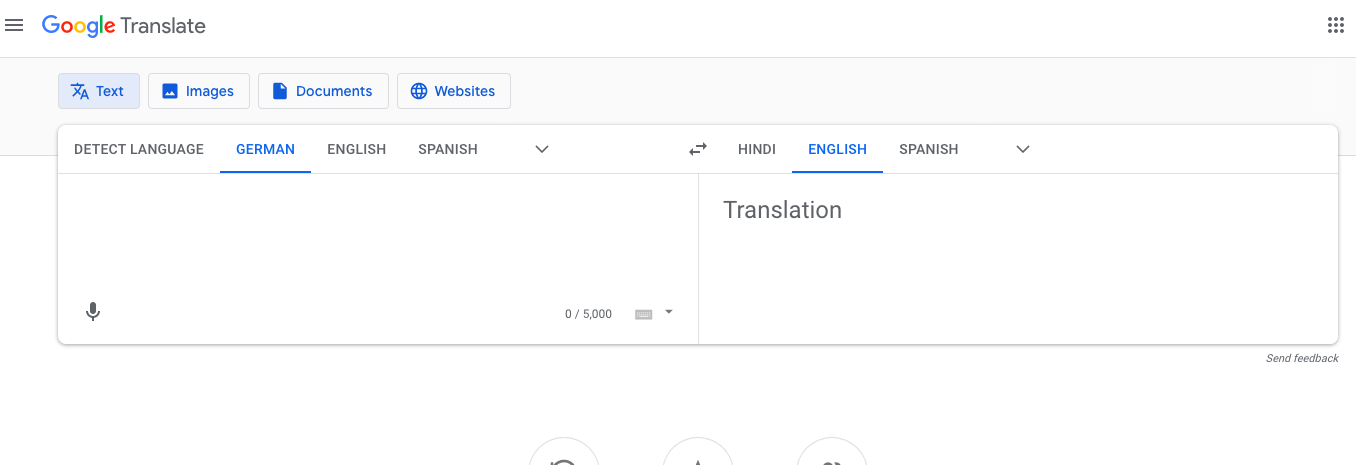 For this project, repetition became a crucial writing methodology. Rather like how one works with the body, returning to a movement pattern to find ease, mobility or familiarity, I kept writing out key questions, words, and half-formed ideas. Like with the body, repetition gave me a way forward when I was stuck; somewhere in writing and rewriting, I found different ways of looking at an idea, both as a physical and conceptual gesture.
For this project, repetition became a crucial writing methodology. Rather like how one works with the body, returning to a movement pattern to find ease, mobility or familiarity, I kept writing out key questions, words, and half-formed ideas. Like with the body, repetition gave me a way forward when I was stuck; somewhere in writing and rewriting, I found different ways of looking at an idea, both as a physical and conceptual gesture.
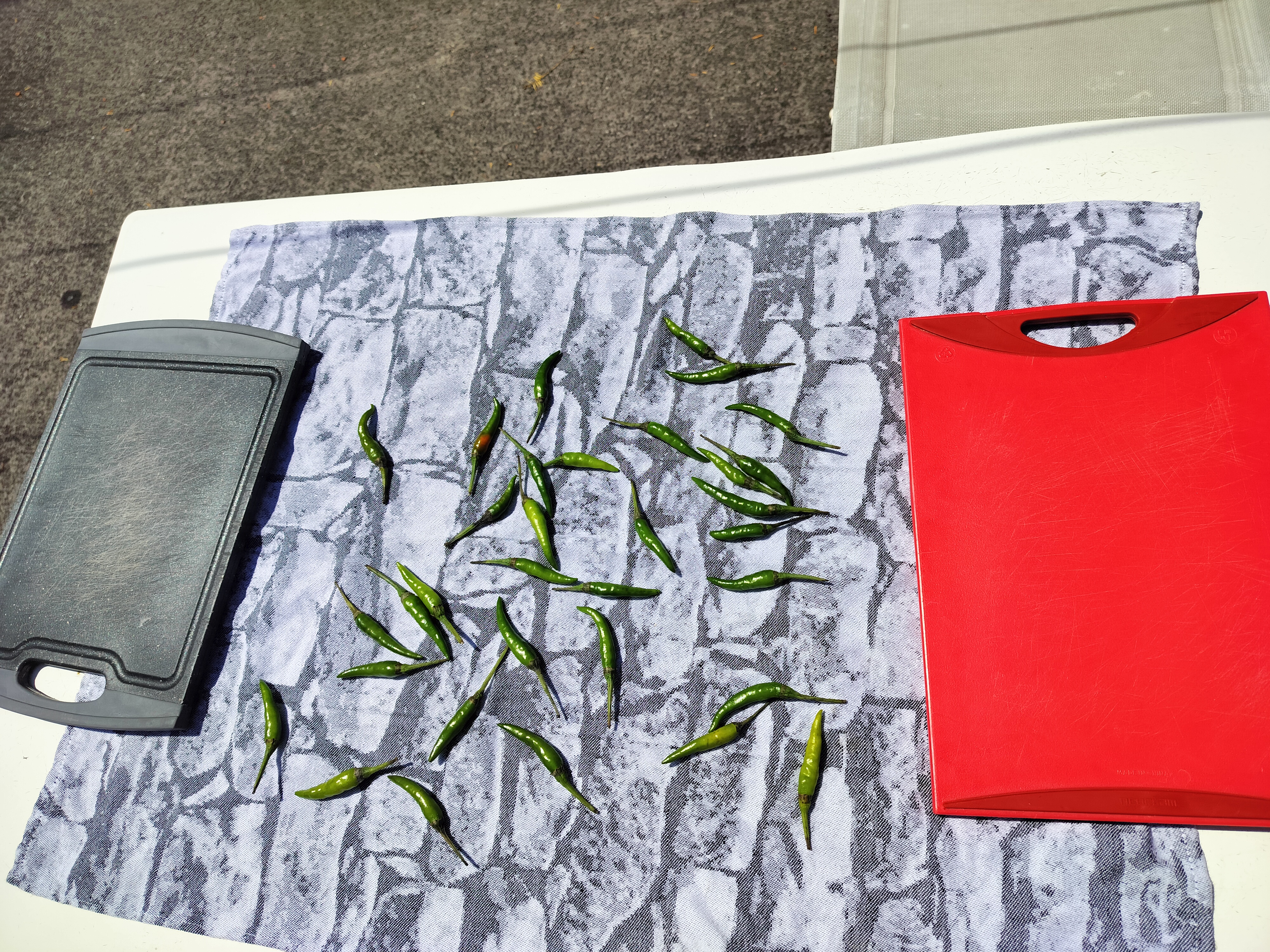
I’m also a very last-minute writer – there’s a lot of scribbling in advance, but the draft comes together at the (very long) eleventh hour. For a long time, I saw this as undisciplined, unplanned writing, but now I’ve come to embrace how I work. The structure of the text is like an improvised composition, drawing from all the repetition and rehearsal, but performed in the moment. I prefer that to spending too long looking at the same piece of text. It begins to feel turgid; the sentences almost seem to begin to curdle, having spent too long in the same containers and alignments. The passage of time in writing a long text, however, is inevitable. What helps me, then, is to know that nothing in the text is absolute. I like writing in chronological order, but I also enjoy dismantling that chronology once I’ve written my text. To see ideas in new alignments is to rewrite them, and that keeps the text breathing, well after it’s been written.
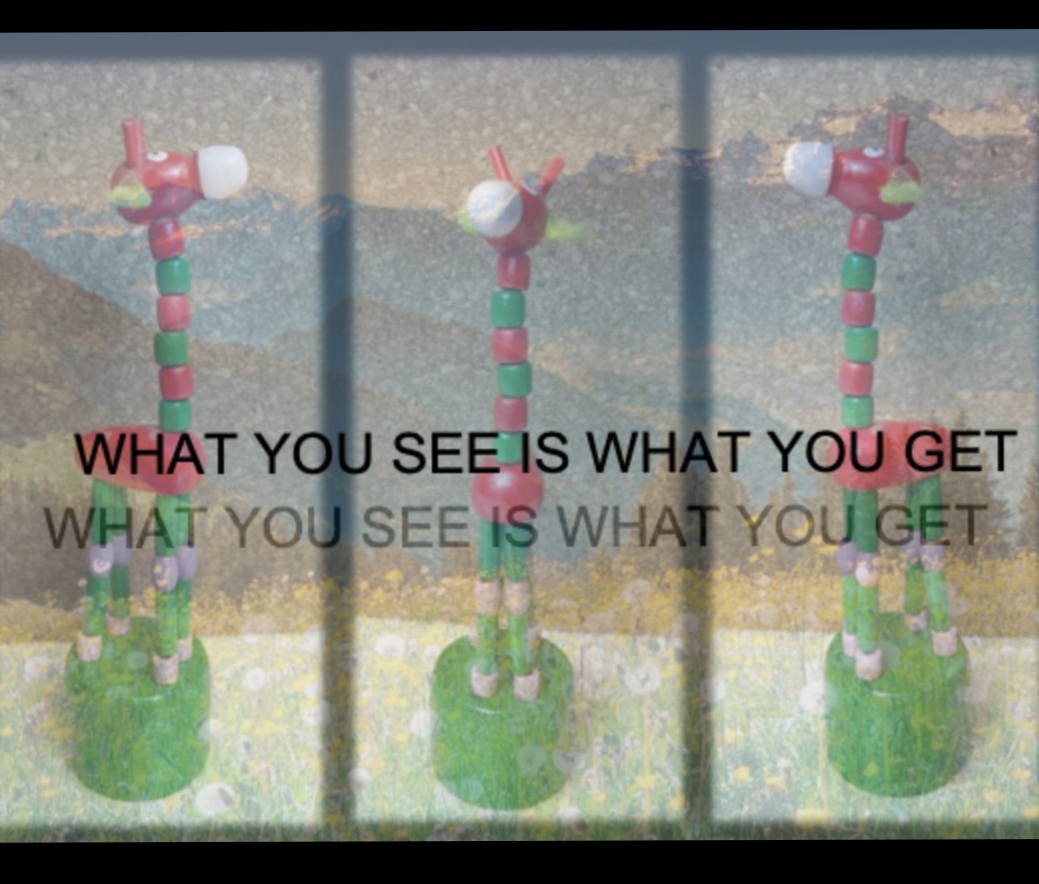
Here’s a video of my lecture performance, What You See is What You Get: https://www.youtube.com/watch?v=SU3E92HjfKk

#Howdoyoustartwriting? #RanjanaDava #AWA #Residency #artreview #takeonart #takewriting #takecurator #artcurator #artwriting #artcritics #artpublications #curatorialwriting #artcriticism #arthistories #artdiscousre #artcollaboration #artcreatives #artcommunities #arthistory #criticaldiscourse









